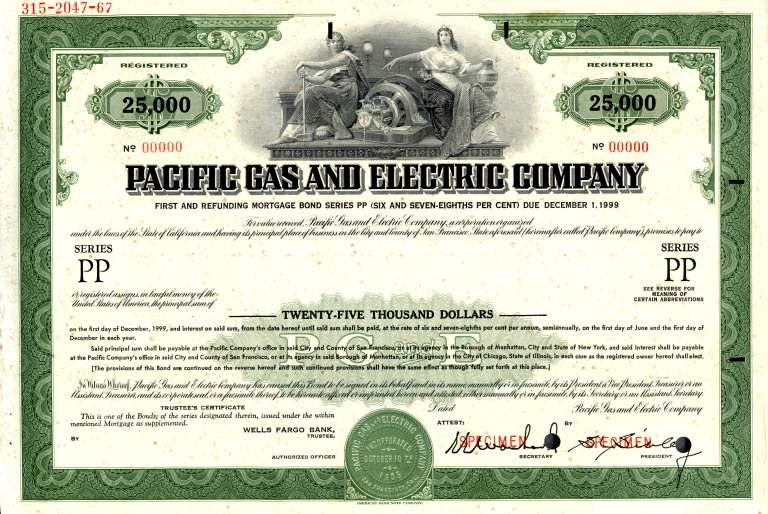At the end of each year, we review the landscape for fixed income and equities, looking for opportunities and themes to use in our model investment portfolios. With this information, we adjust the weight of asset categories based on their relative risk/reward, and also decide which satellite categories offer the most interesting ways to enhance and complement our core holdings. This week, we start with a look at fixed income.
With today’s low interest rates, it should come as no surprise that the Aggregate Bond Index is only up 1.17% through December 11 this year. This small number belies the potential risks to the bond market in 2016, including the possibility for rising rates to crush long-term bond prices, falling credit quality and increased defaults in the energy sector, and the many unknowns about the rising US dollar and future inflation. And perhaps the only thing worse than seeing inflation tick up in 2016 would be seeing no inflation, a sign that the global economy could be moving back into recession.
The Federal Reserve is meeting on Tuesday and Wednesday this week, and many on Wall Street are watching to see if the committee is finally ready to raise the Fed Funds rate. This will likely be a major focus of the business news of the week, but in spite of all the attention paid to deciphering the Fed’s actions and comments, this is not a reason to be making knee-jerk reactions to Fixed Income holdings.
We see four major themes which will shape how we allocate to Fixed Income in 2016:
1) An emphasis on shorter duration. Whether or not the Fed raises rates this week, we are at a point in time at which the rates on 20-30 year bonds are artificially low. If we consider the yield to maturity as the potential reward for buying these bonds, then the risk we face in terms of a significant decline in price, as well as the opportunity cost to have purchased binds at a higher yield, is too great.
Within all our portfolios, we will look to reduce risk in our Fixed Income holdings, emphasizing shorter duration while maintaining or improving credit quality. We’re not interested in speculating on bonds, which is precisely what many investors are doing today with long-term bonds.
2) Sticking with high yield. We already have positioned our high yield holdings into a short duration fund, the SPDR Short-Term High Yield ETF (SJNK). SJNK has taken a beating this year, down 6.49% as of 12/11. While it’s easy to see the challenges facing high yield, the lower prices present a more attractive value than we’ve had in several years in the category. Today, the fund has an average maturity of only 3.12 years, an average bond price of $95.03, and a yield to maturity of 9.42%. In small portions, this short-term high yield position may help enhance our returns.
3) Municipal Bonds. Municipal Bonds have been held back by concerns about over-leveraged entities such as Detroit and Puerto Rico. At the start of 2015, munis were trading at a discount to other bonds, and that discount gave way to a strong performance in 2015. Even though they have come up in price somewhat, for investors in a higher tax bracket, municipal bonds remain very attractive compared to corporate or treasury bonds. For clients with large taxable holdings, we will likely add to municipal bonds in 2016.
4) Fixed Annuities. I’ve always admired the simplicity of a laddered portfolio of high quality bonds or CDs. In recent years, investors have gotten away from this approach, as they searched for higher yields elsewhere. Unfortunately, there is no free lunch – higher yields come with higher risks – and investors who always seek the highest yielding investments sometimes end up with losses rather than the high returns they had hoped for.
For investors who are 55 or older, who do not need liquidity from their holdings, consider creating a ladder of 5-year fixed annuities, buying one-fifth a year over 5 years. Today, we can buy a 5-year annuity at 3.10%, which is not bad for an investment with a guaranteed return. To get the same yield to maturity on a 5-year bond, we’d have to go a BBB-rated issuer or lower. The annuity may also be a good replacement for a CD, if you are disappointed with today’s rates when your CDs mature.
A laddered 5-year annuity portfolio could make sense for conservative investors because it offer a guaranteed rate of return, preservation of capital, and income, none of which are guaranteed with most other types of bonds. The main trade-off would be liquidity, but if you have a 5-year ladder, you’d have access to 20% of your principal each year. I’ve looked at other annuity durations, but feel that the 5-year is the sweet spot today. Shorter terms have a much lower interest rate, while longer terms do not see much of an increase over the 5-year product.
We will use these four themes to help customize each of our client’s fixed income holdings, even though changes to the model portfolios are likely to be relatively small. We have low expectations from fixed income for 2016 and the next several years. Our focus is not “how can we make as much as possible from bonds”. Rather, we view fixed income as a counter-weight to the risk we take in equities; its main purpose is to reduce the volatility of the overall portfolio. That’s why we want to be very careful about taking risks in fixed income at a time which might be the end of the falling interest rates which have boosted bond prices over the past 35 years.
Today, equities are near a high, even as the global economy struggles to sustain a recovery. Prices in fixed income are also at a high. This is a dangerous time for investors who have become greedy with yield in the recent period of rock-bottom rates. Once rates do begin to rise, fixed income will face a tough road, and that could become a very ugly situation if the stock market is also impacted by rising interest rates, decreased liquidity for corporations, and increased defaults.
Real Estate prices, fueled by cheap mortgages today, will also struggle to rise if homeowners cannot afford higher payments, and commercial Real Estate prices won’t be attractive to investors if cap rates are lower than bonds. I point this out not because I expect a crisis, but only because investors need to understand the potential impacts of higher interest rates in 2016 and ahead.
Next week: the outlook for Equities in 2016.
Source of data: Morningstar as of 12/14/2015








